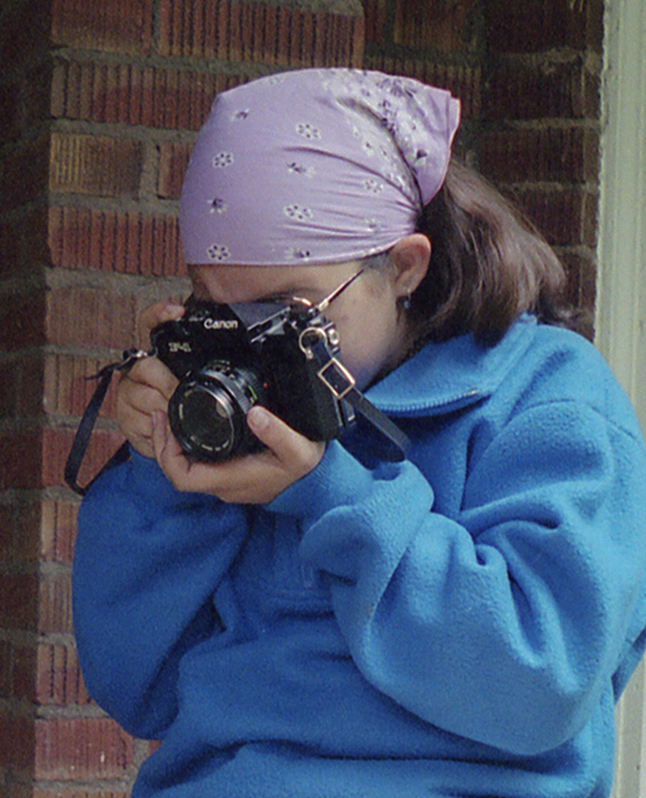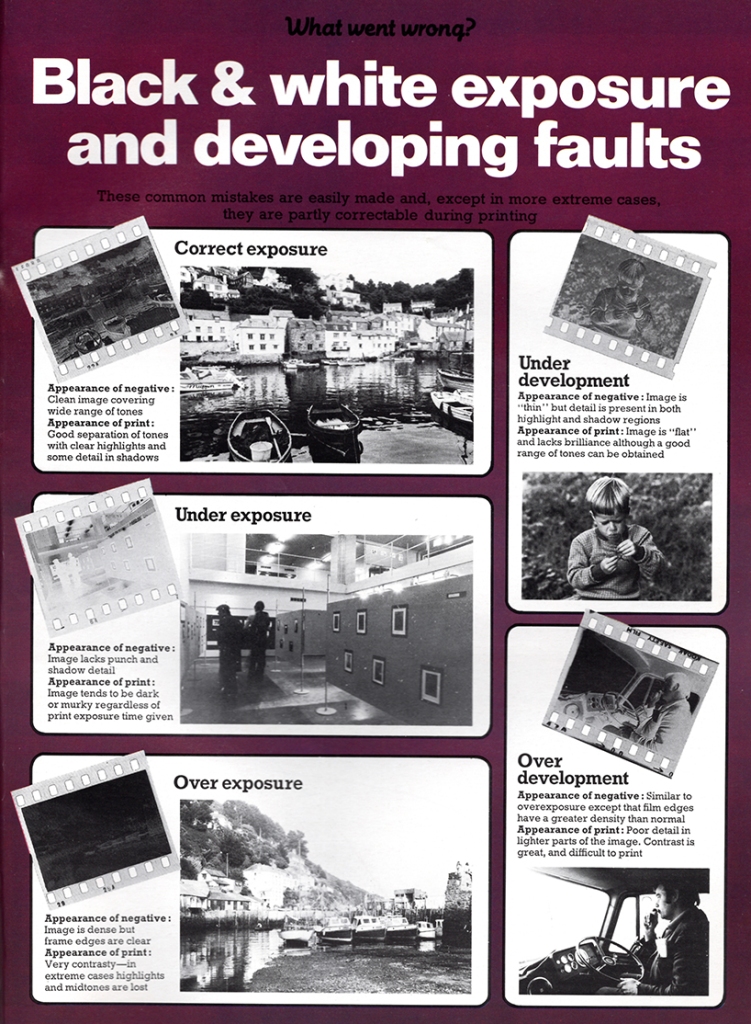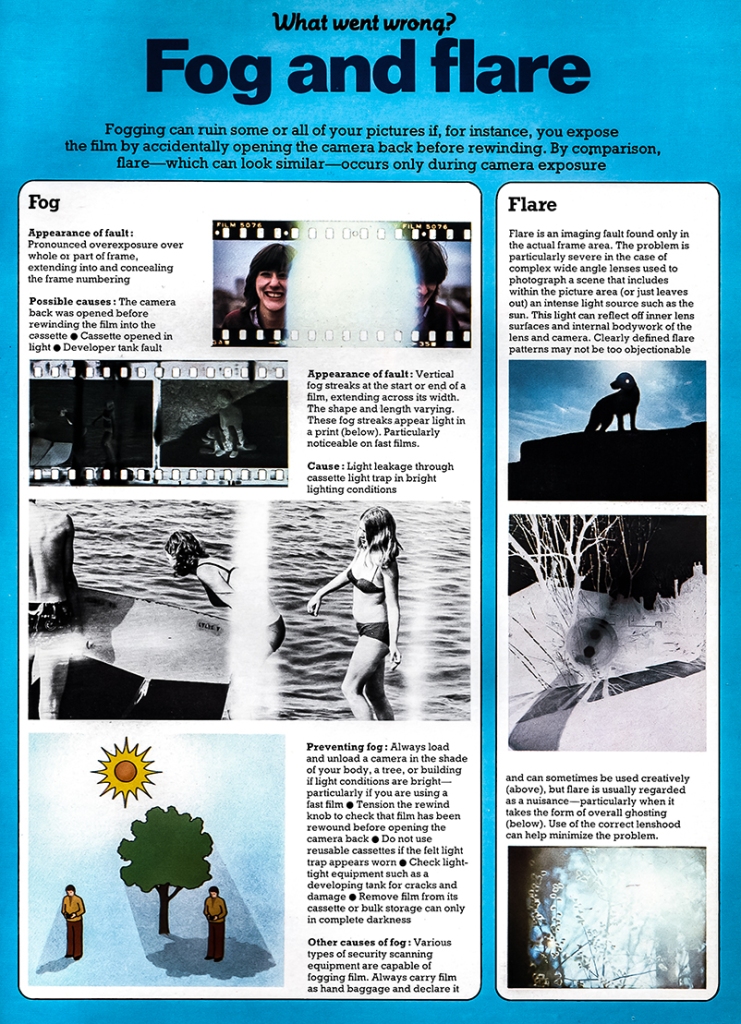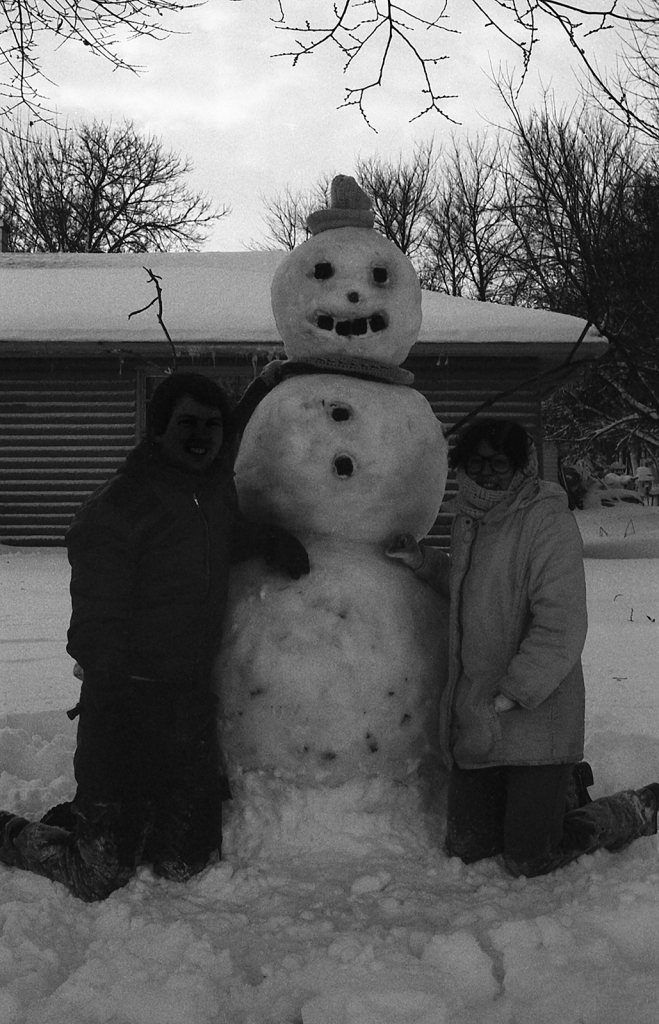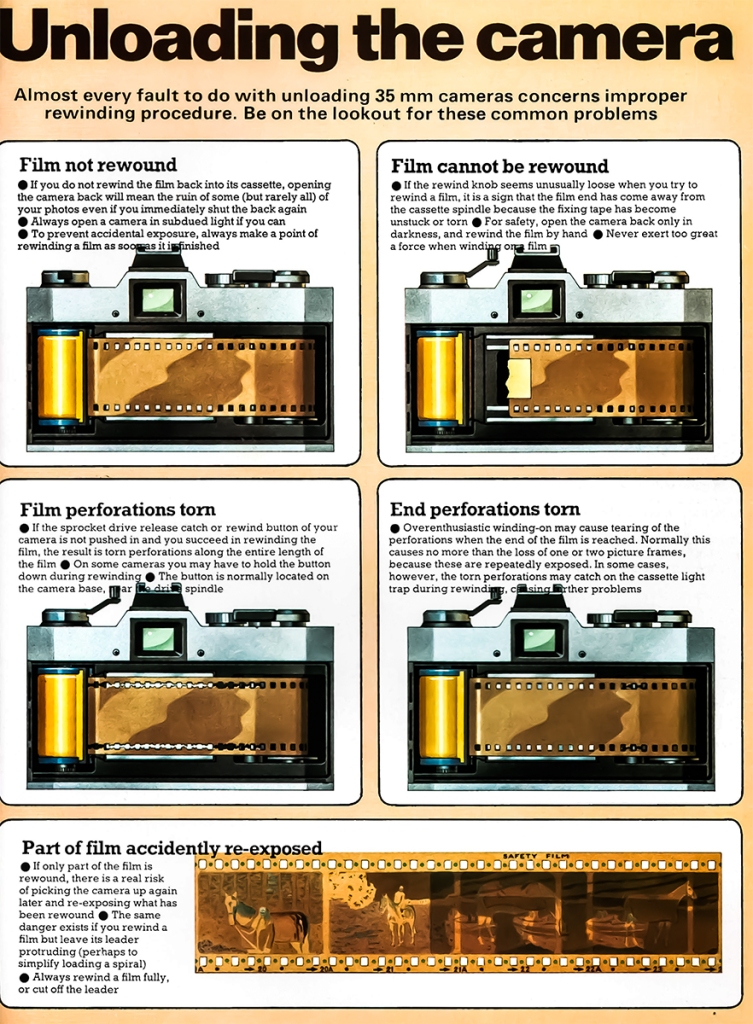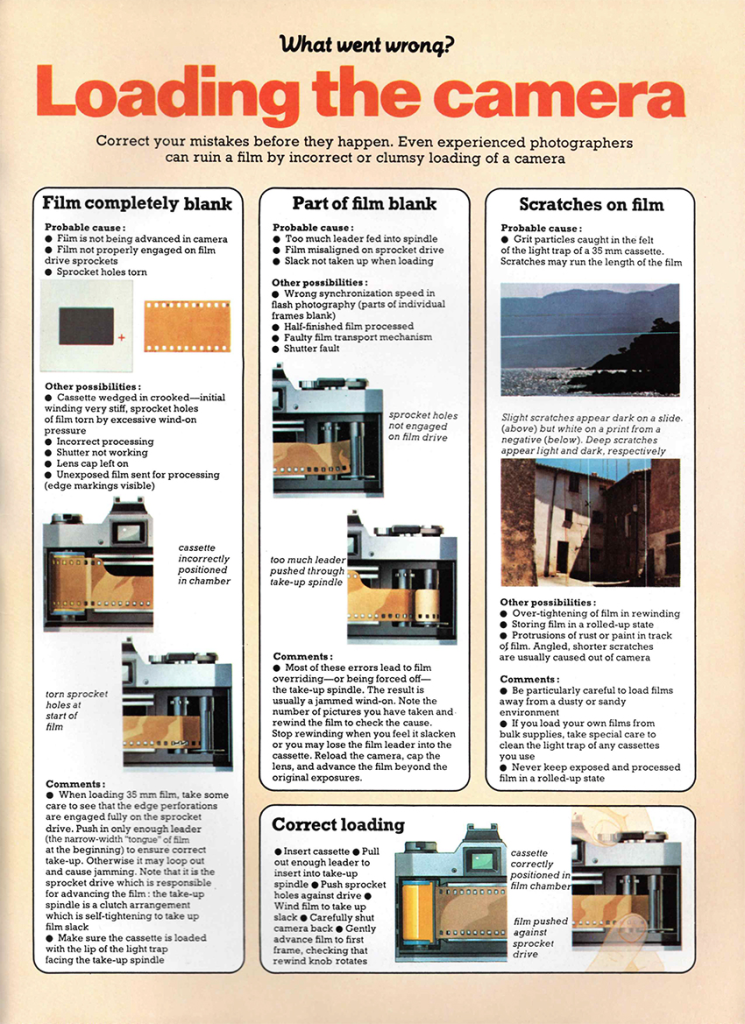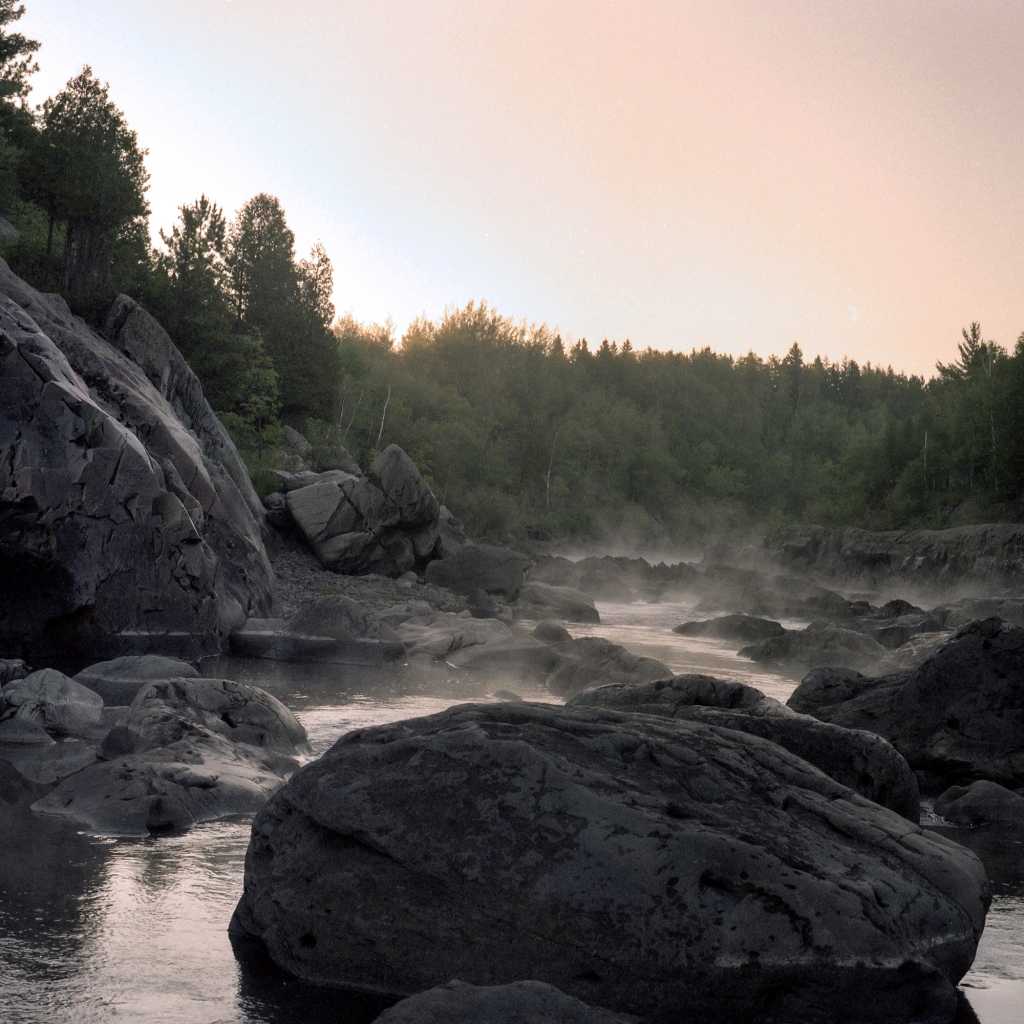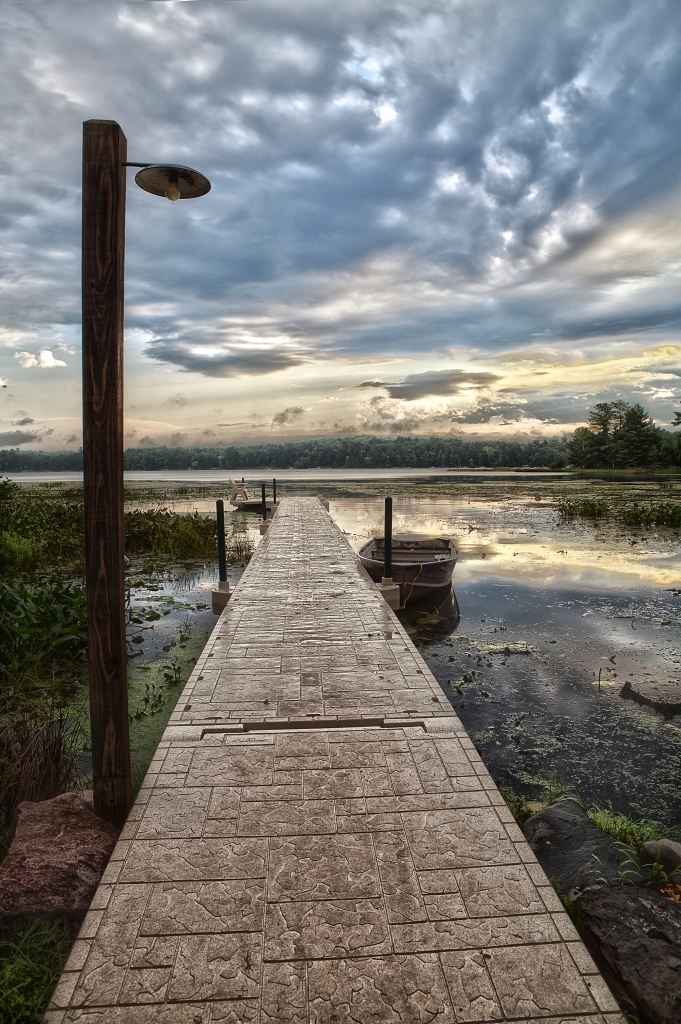An example of a beginner’s mistake.
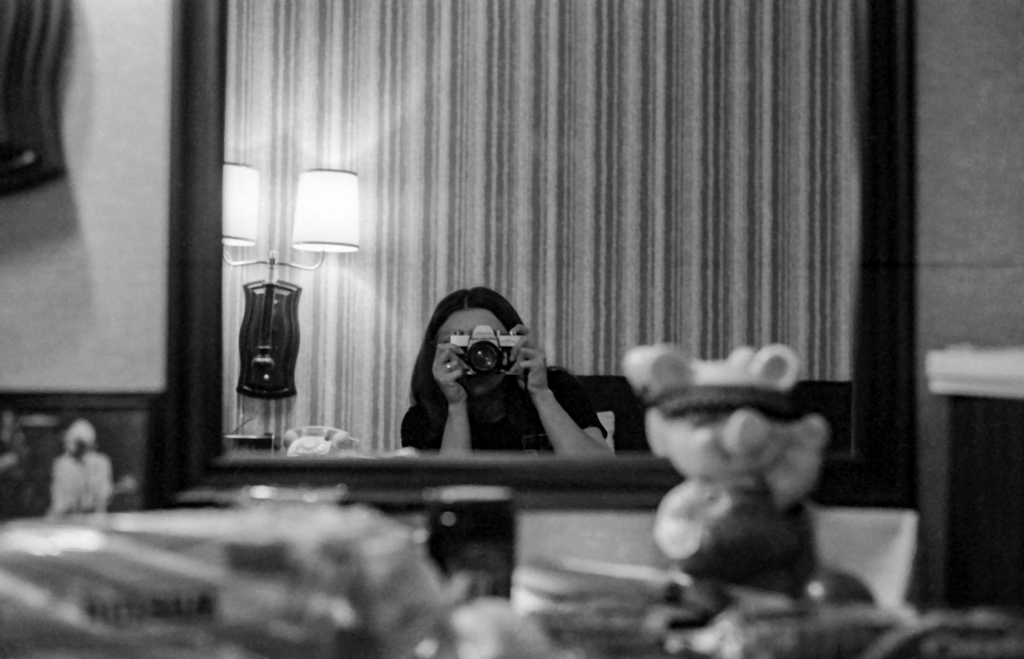
This is a photo taken with a Minolta SR-T 101 using Trix-X film. With the SR-T you have total control of choosing the aperture and shutter speed. The camera is not programmable. It does not make exposure selections for you.
The one good point about Frame #3 is its correct exposure showing details in the shadow area while the brighter areas are not overexposed or “blown out.” The photo was taken indoors in existing light (no flash) where the lighting was low even for Tri-X (ISO 400) which is considered a “fast” film made with a higher sensitivity to light. The soft focus of the foreground and extreme background indicates the aperture was set to a wider lens opening – probably f1.4 or f2.8. This narrows the area of sharp focus.
Below is an example of how aperture affects depth of field (areas of sharpness).

Even with a wider aperture allowing more light into the camera, a lower shutter speed would have been required to allow more time for a proper exposure in low light conditions. I’m guessing the shutter speed was around 1/60.
A slow shutter speed requires a tripod or a firm hold of the camera to avoid unintentional camera movement. The simple act of pressing down on the shutter button to take the picture while hand holding a camera using a slow shutter speed can cause camera shake or a blurring of the photo.
It is a common habit to hold the camera from both sides and pulled closely to the face. Here is an example of the correct way to hold the camera.
What makes Frame #3 a less than stellar photograph? The composition. The space to the left and right of the mirror doesn’t contribute to the image. The main subject is centered and the angle or perspective is too straightforward to reveal much about that subject. The foreground is cluttered with no definition and the large piggy bank to the right detracts from the main subject. The picture doesn’t fit neatly within the compositional Rule of Thirds.
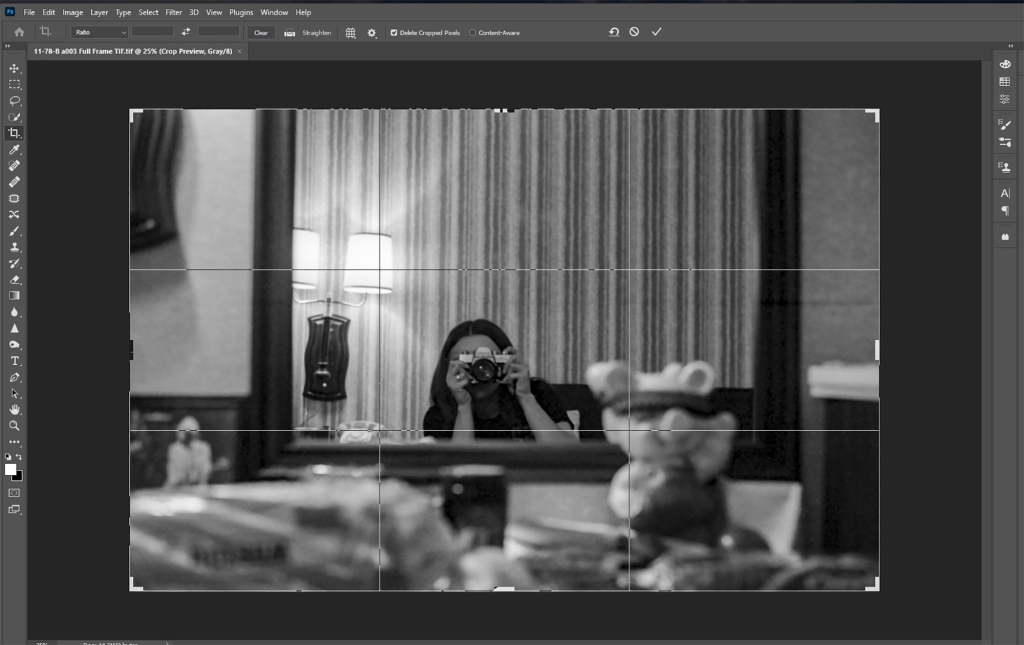
This is how the picture would fit in the Rule of Thirds composition with the distracting elements removed.
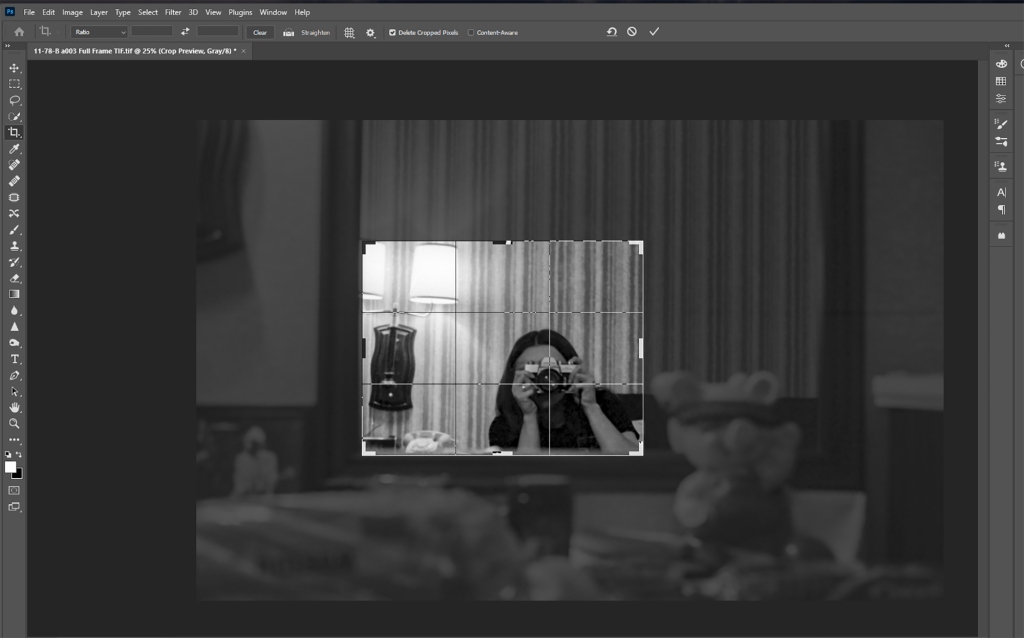
It is better to crop while composing through the viewfinder before pressing the shutter than to crop in the darkroom afterwards where the image may lose even more detail when enlarged.
The advice I would have offered to my younger self before pressing the shutter would be to take time to look through the viewfinder when composing the shot. Look for what is distracting and eliminate it from the frame by moving closer, trying a different angle or finding another perspective. Use both horizontal (landscape) and vertical (portrait) viewpoints. Be aware of the lighting. Know your equipment. Then learn from your mistakes by shooting a better roll next time.
